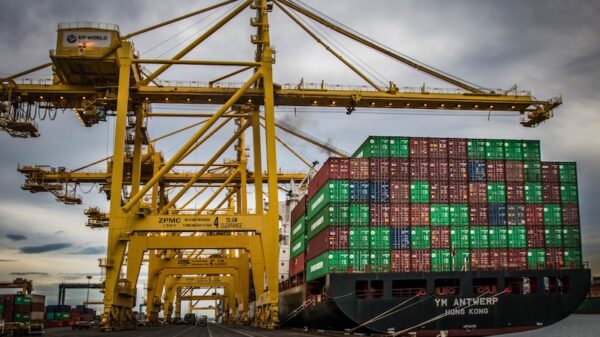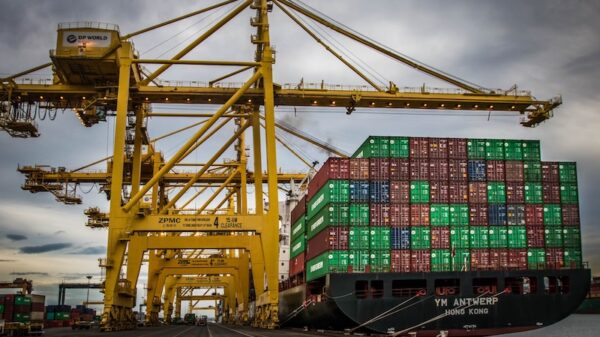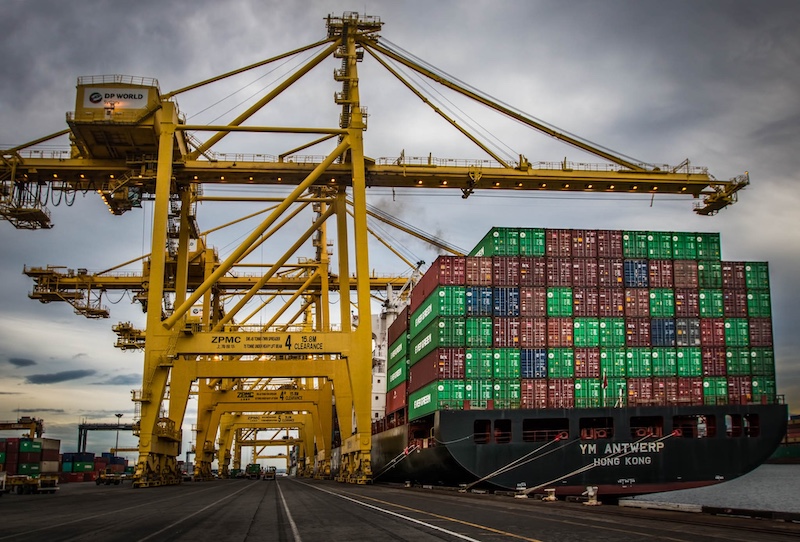Chinese maritime trade with the United States has experienced a staggering decline, with the number of Chinese vessels entering US ports dropping by more than 90 percent since January 2025. This sharp decrease, reported by maritime analytics firm Pole Star Global, highlights the rapid deterioration of economic relations between these two major global economies amid escalating tariffs and newly imposed port fees.
According to Pole Star, the number of Chinese ships arriving in the US fell from 1,678 in January to just 156 in October. Saleem Khan, chief data and analytics officer at Pole Star Global, noted, “We are seeing Chinese vessels that are being screened by our customers nearing zero.” This dramatic decline underscores the impact of trade policy changes, particularly the renewed threats of tariffs from the administration of former President Donald Trump.
Impact of Tariffs and Port Fees
The current situation is compounded by Trump’s warning of a potential 100 percent tariff on Chinese goods, which would elevate the total tariff rate to approximately 130 percent. This proposal could affect around $360 billion worth of Chinese imports, significantly increasing costs for US companies reliant on these goods. Economists contend that the proposed tariffs could disrupt global supply chains, leading to broader economic implications.
In addition to tariffs, both the US and China have instituted special port fees that further strain maritime trade. As outlined by reports from AP News and the law firm HFW, Chinese vessels arriving at US ports are now subject to new fees based on gross tonnage, while China has enacted its own tariffs, starting at 400 yuan per ton and set to escalate to 1,120 yuan by 2028. Analysts project that if current trade volumes were to resume, these combined financial burdens could amount to $20-23 billion annually.
Khan explained that these changes are already influencing shipping dynamics. “As you can see with Pole Star data, the new port fees have already started to change behavior in the shipping market,” he stated. He anticipates alterations in maritime traffic patterns, including route changes and void sailings, which could lead to increased freight rates as shipping companies implement surcharges to offset rising costs.
Broader Economic Consequences
The ramifications extend beyond shipping, as China remains a primary supplier of essential goods, including consumer electronics and automotive components. A sustained downturn in maritime trade could result in shortages, inflationary pressures, and production delays across various sectors. Anticipation of the new tariffs is already causing a slowdown in trade, with importers eager to adjust their supply chains.
Coverage from Al Jazeera highlights that the tariff threats reflect a political strategy aimed at bolstering domestic manufacturing support ahead of the upcoming elections. In response, China’s Commerce Ministry described the US measures as “wilful and harmful,” warning of necessary countermeasures if the 100 percent tariff proposal is enacted.
The combination of tariffs, port fees, and retaliatory actions has nearly halted trade between the two nations. The data from Pole Star, which tracks vessel movements and screening activity, serves as an early indicator of this significant slowdown, potentially foreshadowing a long-term shift in global trade dynamics.
Khan’s observations reveal an underlying truth: “Trade routes can change faster than policy. Once ships stop coming, restarting them is not easy.” Should the tariffs take effect alongside ongoing port fees, the world’s busiest trade corridor could witness its lowest activity levels in decades. This scenario not only represents a trade dispute but also signals a possible structural decoupling between the US and China, which could redefine global logistics for years to come.






































































